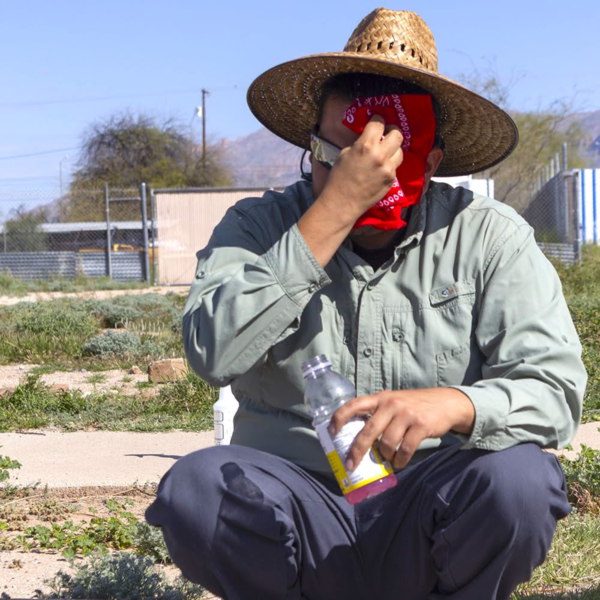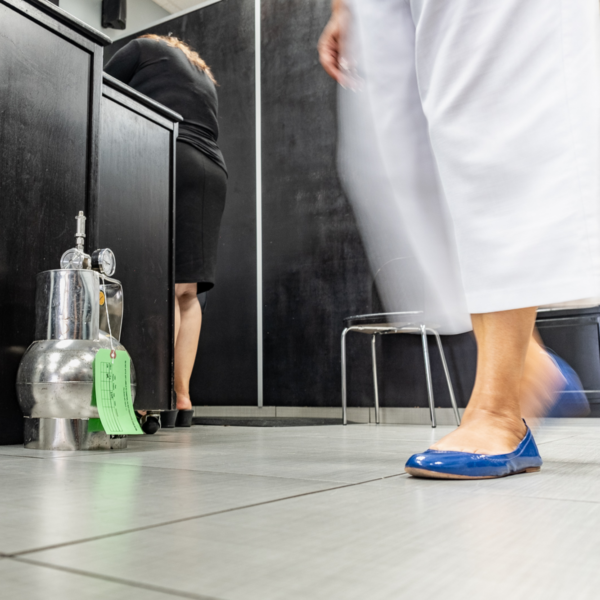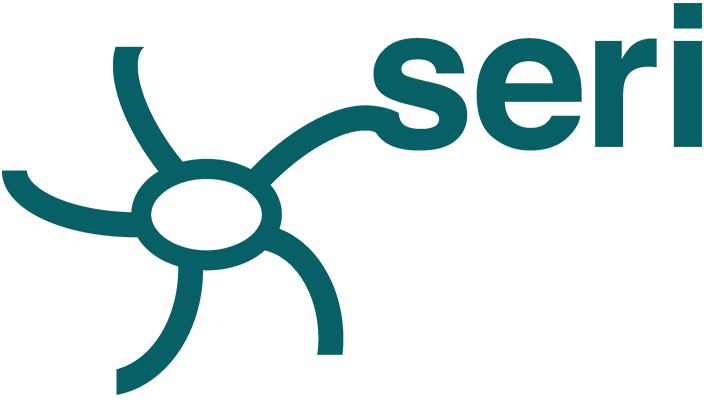
Business Assistance


Summary
Small businesses are disproportionately impacted by environmental, economic and health stresses. These communities have the least access to resources to develop solutions including access to education, technology and culturally and linguistically relevant materials. At SERI we provide assistance to these small businesses through community-based research, science and engineering solutions, and bilingual training programs.
Through our OSHA funded Susan Harwood Training Grants, we developed a training program for businesses on the prevention, recognition and treatment of heat related illness and currently are developing a training program on fire prevention for auto repair and maintenance shops. In partnership with the University of Arizona Mel and Enid Zuckerman College of Public Health and El Rio Community Health , our NIEHS funded program “Solutions for a Changing World” is helping reduce hazardous chemicals in beauty salons and auto shops through a community health worker intervention. Additionally the partnership has been awarded a supplemental grant from NIEHS to provide support to these small businesses during the COVID-19 pandemic.
Did you know that occupational diseases and injuries are often preventable at work? Through our Solutions for A Changing World Program, we aim to support the health of small business owners and workers and eliminate health disparities in limited-income and Latino communities.
We at SERI are a proud recipient of a Susan Harwood Training Grant, which allowed us to create a Susan Harwood Heat Safety Training Program on the topic of extreme heat for workers who work in hot environments both indoors and outdoors.
Fire safety in auto repair shops is challenging, because these shops contain many flammable substances. Cars themselves are full of flammable fluids such as gasoline, motor oil, and various lubricants. In addition, degreasers, paint, and other products us. Visit Susan Harwood Fire Safety Training Program
